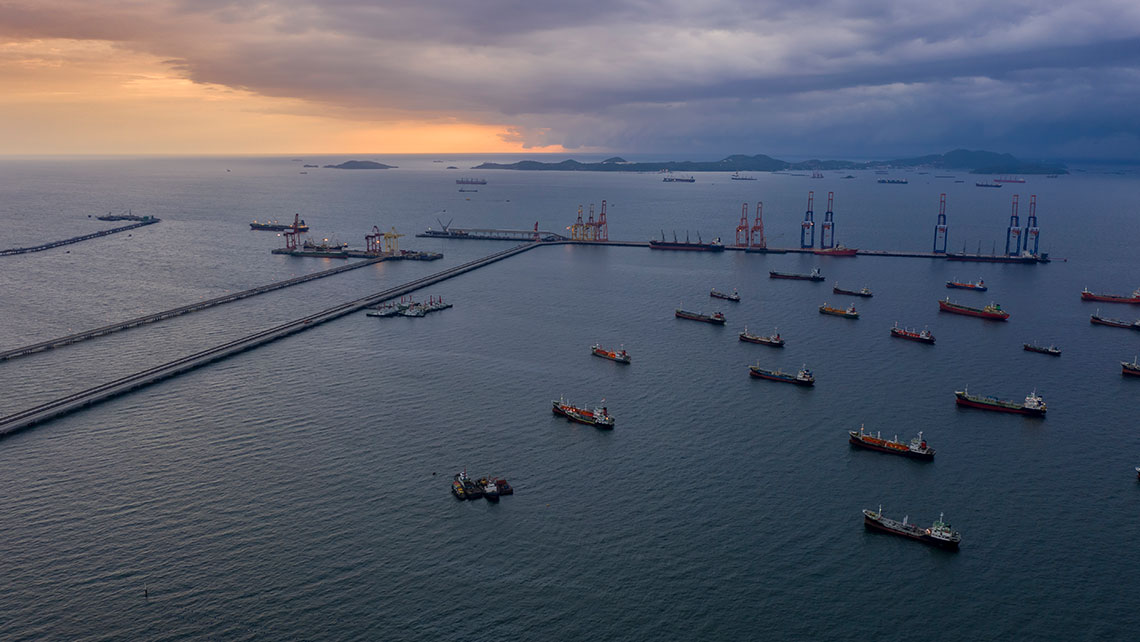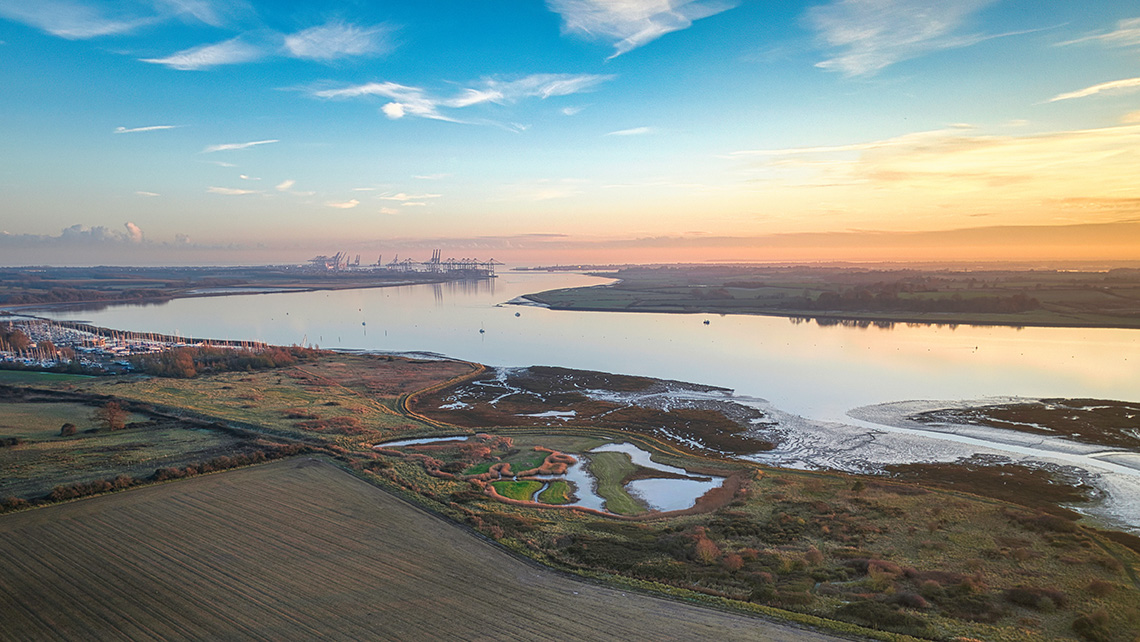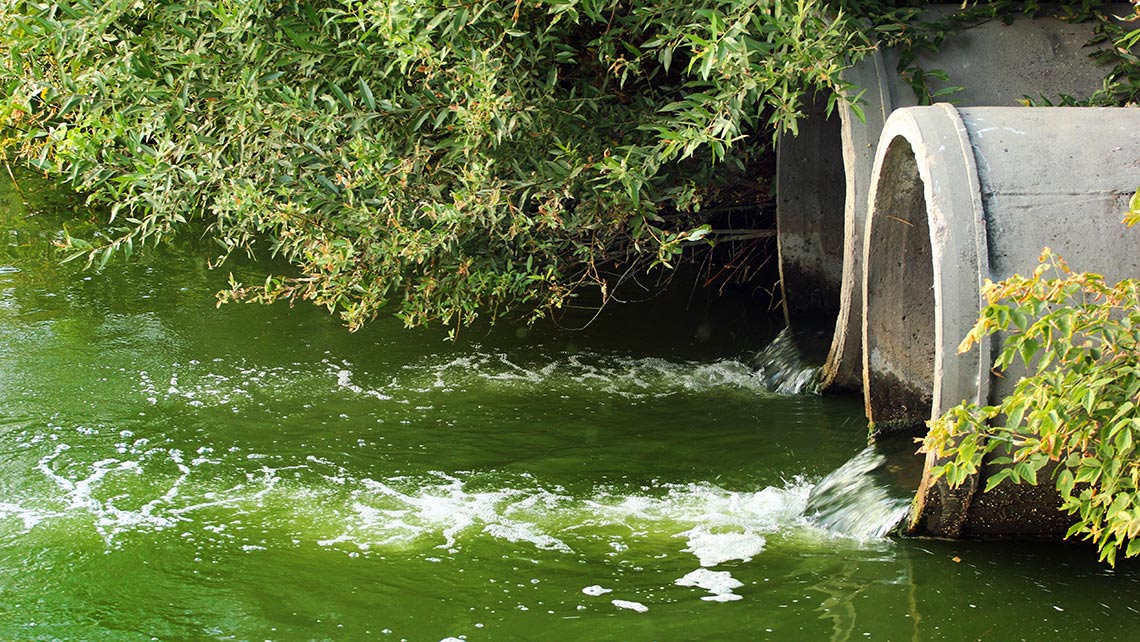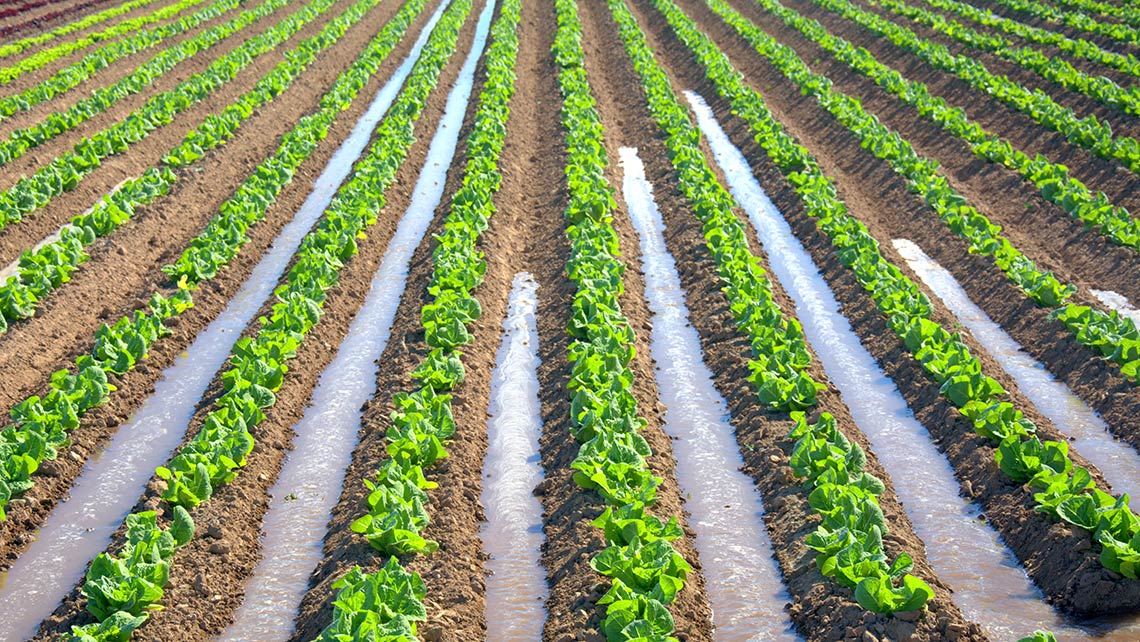With tightening regulatory demands, the UK water industry is grappling with the challenge of delivering on the ambitious targets for phosphorus and other nutrient levels set by the Asset Management Plan (AMP) 7 and AMP 8 directives. These directives are set out in the Water Industry National Environment Programme (WINEP).
“From a wastewater treatment perspective, regulations that were already tight, particularly for phosphorus (P), are going to become even tighter when AMP 8 begins in 2025,” says Kemira’s Craig Leishman, Country Sales Manager, Industry and Water, UK and Ireland.
Meeting stricter regulations demands more than just chemistries
The majority of the AMP 7 regulations, including the phosphorus program, must be complied with by December 2024. In practice this means municipal water companies will be responsible for maintaining wastewater phosphorus consents of around 0.25mg/l.
AMP 8 (2025–2030) will make things even more challenging, with some UK sites being tasked with achieving consents as low as 0.2 mg/l. This is a significant tightening from current standards but in some areas, such as the Lake District, they could be set as low as 0.1mg/l.
Per Andersson, Product Line Director for Coagulants at Kemira, continues: “The AMPs are the foundation of long-term planning and investment in the UK municipal water industry. Although the precise demand for AMP 8 remains to be defined, the demand for chemistries will most certainly rise. Smarter automation and dosing control solutions available today can optimize both the amount of chemistries that are dosed and the points in the process at which they are introduced.”
Leishman concurs: “Wastewater treatment chemistries themselves are not rocket science; we want to help our customers do things smarter and in a less resource-intensive way, avoiding underdosing, which leads to them exceeding nutrient limits, and overdosing, which leads to excess levels of substances like iron in discharges.”
“We want to help our customers do things smarter and in a less resource-intensive way.”
Addressing anticipated market needs through flexible, proactive capacity expansion
Tightening nutrient levels mean demand for iron-based coagulants like ferric sulphate and ferric chloride, has now been forecast to increase by an enormous 350KT of Iron based coagulant by the end of AMP8. With no ferric chloride production in the UK today, the only real chemistry of choice is ferric sulphate.
“Producing the vast quantities of chemicals needed to treat municipal water in the UK means sourcing even greater volumes of raw materials,” explains Andersson. “Going forward, we aim to secure better availability but with one eye firmly on sustainability. The vast majority of these coagulants are made using magnetite, which is mined, but we are working hard to identify new locally derived sources of iron like by-products from industry.”
Andersson continues: “We are careful to take a holistic view of the whole supply chain. More chemistries mean we need greater production capacity and more properly trained drivers and tankers to transport raw materials to our sites and finished products to our customers’ sites.
Kemira produces in excess of 350,000 tons of water treatment chemicals annually at its four UK manufacturing sites:
- Ellesmere Port, producing aluminum-based coagulants
- Goole, producing ferric sulphate
- Bradford, producing polymers
- Teesport, producing various process chemistries for industry
The site at Goole, a port town in the north east of England, has been the focus of significant investment by Kemira in recent years. In late 2021 an expansion program was completed that increased the site’s ferric-based water treatment chemical production capacity by 100,000 tons, easing what was at the time a challenging supply situation for the UK water industry. The chemistries at Goole had been manufactured using copperas, but after a huge shortfall in supply in 2017 the plant was converted to operate on magnetite.
“With Goole being a high-tech, modular plant the conversion was a relatively straightforward process. We still have the same chemistries going out of the door, just produced with a different raw material and process,” explains Leishman.
“Flexibility and modularity are key requirements for our plants for exactly these reasons,” states Andersson. “We want, and indeed need, to be able to switch between raw materials so that we can maintain throughput and continue serving our customers with the volumes they need to operate. Moving forward, we are in the preliminary planning stages of enlarging our Ferric Sulphate capacity at Goole, including the sulfuric acid see tank storage capacity at Immingham alongside researching new iron raw materials that will help to make our chemistries even more sustainable. Coupled with this, we are planning to continue working with our trusted network of logistics suppliers to ensure that our chemistries get to where they’re needed efficiently and promptly.”
“We are in the preliminary planning stages of enlarging our Ferric Sulphate capacity at Goole, including the sulfuric acid sea tank storage capacityat Immingham alongside researching new iron raw materials that will help to make our chemistries even more sustainable.”
Automation and smart digital solutions to support more sustainable water treatment
One of the most important tools in Kemira’s portfolio in terms of smart dosing and optimisation of chemistries for water treatment is the KemConnect™ P platform. Kemira’s algorithm doses the exact amount of coagulants required for chemical phosphate removal even under changing process conditions. The platform enables 24/7 water discharge compliance and contributes to environmental protection at the best total cost of ownership.
“With KemConnect™ P water treatment plants can shift gears from what is often relatively crude manual dosing to smart automated chemical dosing,” Leishman highlights. “Equipment and materials can even be delivered as a compact, plug-and-play mobile unit. This kind of digitally enabled optimized dosing enables better, more stable control over phosphate levels and can reduce chemical consumption significantly.”
Anglian Water is one example of a UK firm that has used KemConnect™ P to optimize chemical consumption while improving effluent quality.
“For the UK water industry accurate measurement, reliable automation, smart control, and robust follow-up processes are going to be non-negotiable as we approach AMP 8. We have the chemistries and planned capacities to address their growing needs, and with solutions like KemConnect™ P combined with our decades of experience in water treatment, we are ready to help them with all of these aspects,” Leishman concludes.



